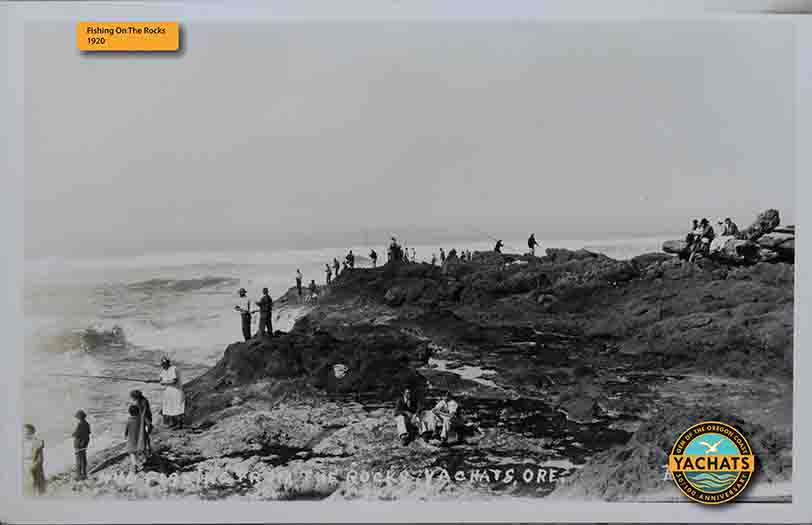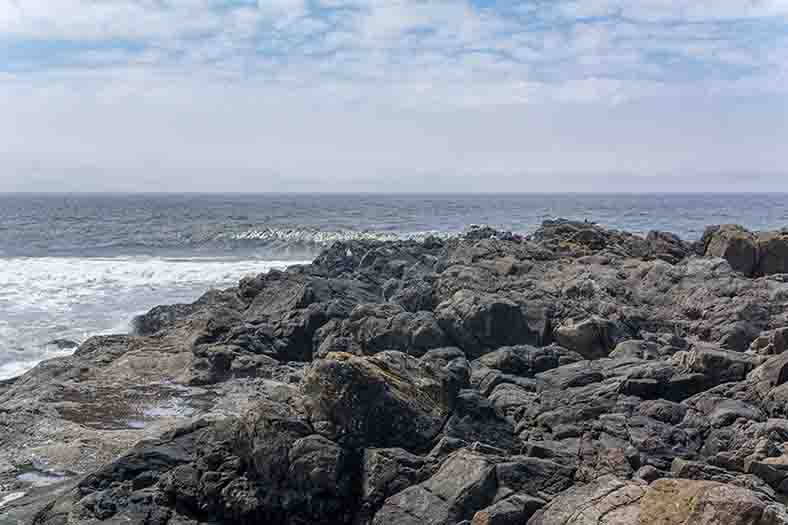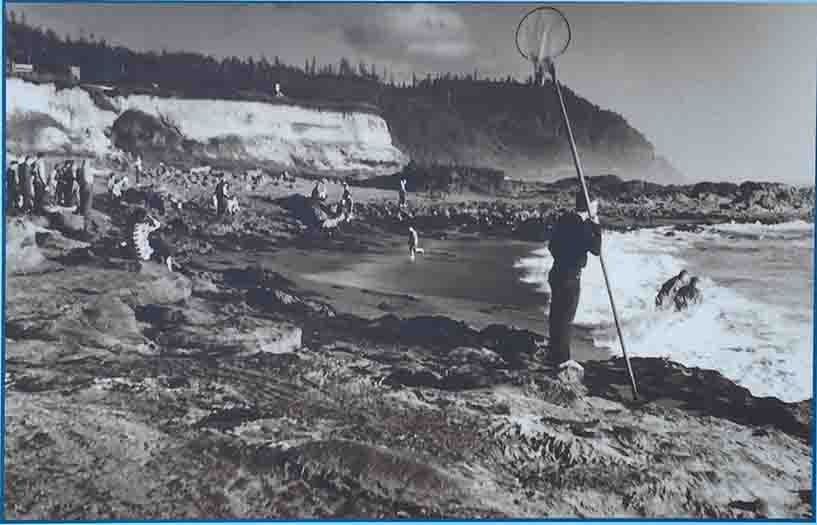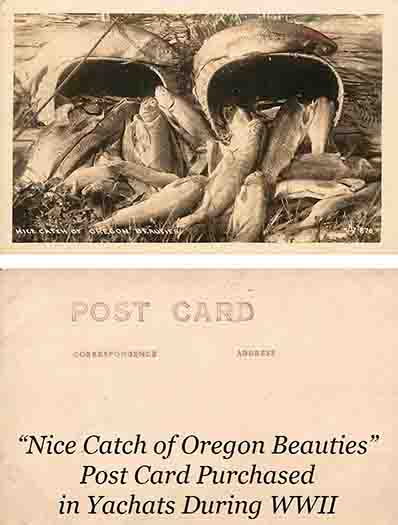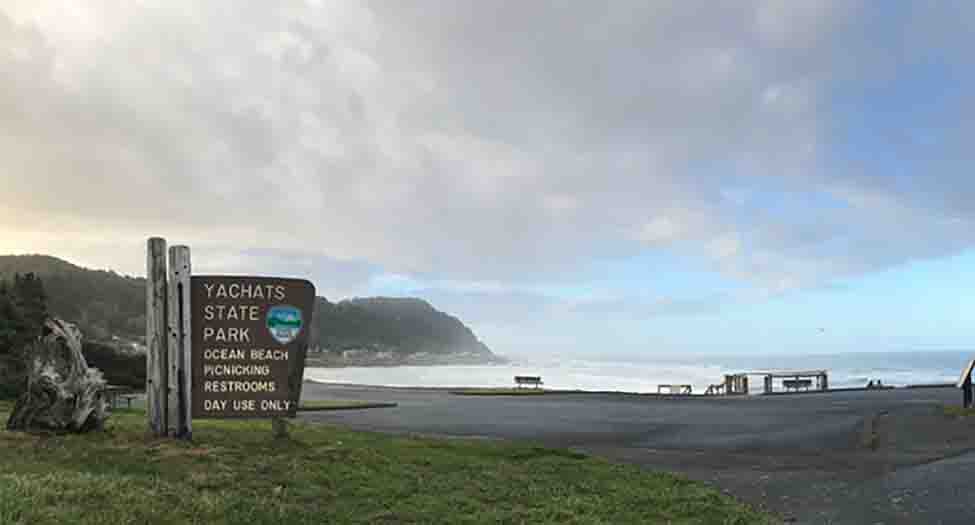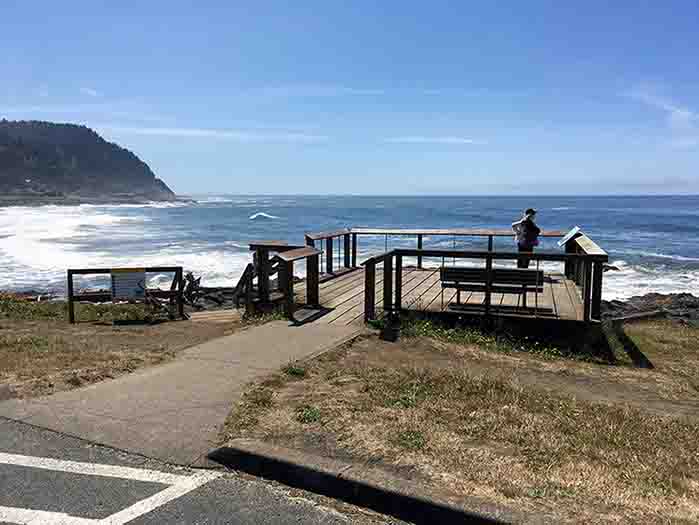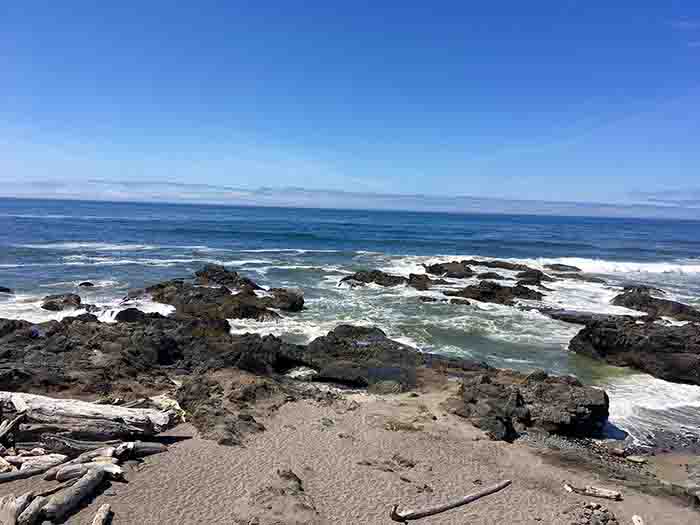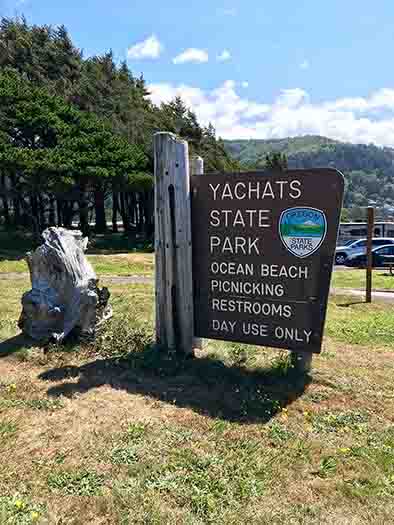Yachats State Recreation Area
Ocean View Dr, Yachats, OR 97498
In 1928 the state paid $1,600 to the Lumberman's Trust Company for 16 lots, the first land acquired for Yachats State Park. Charles A. Lounsburg then gifted another lot in 1928, and the state bought nine more. Between then and 1986, more land was gifted and purchased for what is now Yachats State Recreation Area.
One great thing to do in this recreation area is to explore the tidepools.
No creature in his right mind would live in a tidepool, even one in as wonderful a place as a park in Yachats. Then again, most of the creatures in a tidepool don't have much of a mind.
They've got to deal with pounding surf and salt and temperature changes. However, most of them couldn't live anywhere else. And there's more life going on down there than there is on the nearby land.
Ochre sea stars (Pisater ochraceus) are the top predators in a tidepool. They have five of everything--five legs, five stomach pouches, five eye spots, and five sets of sex organs. But no brain. They have their priorities.
If you see one humped over, it's probably eating. Eating is pretty much all they do all day. Mostly they eat California mussels (Mytilus californianus), but if food is scarce, they can become cannibalistic. They pry open a mussel using tube feet, which act like suction cups and exert hundreds of pounds of pressure. They then shove their stomachs out of their mouths into the mussel's shell (sort of like plopping your stomach onto your soup plate), pour digestive juices over the victim, and then slurp it up as though it were bouillabaisse.
The size of a mussel has more to do with how much food it can find than how old it is. It's an eat or be eaten world out there. Nature: it's not necessarily pretty nor for the faint of heart.
Mussels are filter feeders, siphoning gallons and gallons of water to extract plankton--microscopic plants, and animals-- so they want to be in the water as much as possible. Problem is, if they're in the water they're easier targets for sea stars. Sea stars can only be out of the water for so long, so the higher up a mussel is, the less likely it is to be eaten.
Dainty looking green sea anemones (Anthopleura xanthogrammica) can live 100 years. They are basically just digestive tubes, sort of like hungry teenagers. Their mouth and their anus use the same opening.
They wait patiently for something to walk over one of their tentacles, and then, zap, they stun it with nematoycysts the same thing jellies sting you with.
When anemones are out of the water they, like barnacles, close up to keep themselves moist, and they cover themselves with small rocks and bits of shell.
There are several kinds of barnacles in the tidepools here, including gooseneck barnacles (Mitella polymerus). They're crustaceans and are related to crabs and shrimp. No surface has been found that's slippery enough for barnacles to not attach themselves to, including whales. They're glued on by their heads, and they kick their legs about to get food into their mouths. When barnacles are out of the water, they may look dead, but they're not, so please don't kick them. They're just tightly closed, trying to stay moist.
Remember, you're visiting the home of fantastic creatures doing their best to survive in a harsh environment.
If you plan on exploring the tidepools at the park, time your visit so that you arrive within the hour before low tide.
When there, don't turn your back on the ocean, watch your step, and tread lightly.
If you try to pick up something and it won't easily come off the rocks, don't force it off the rocks. You might hurt it.
If you pick up a snail or a crab or something else that's alive, put it back where you found it after you've finished examining it.
***
This website, yachats-history.com, is a work in progress.
I'm hoping to gather more stories about this location. If you have good ones, email me. THANKS!
